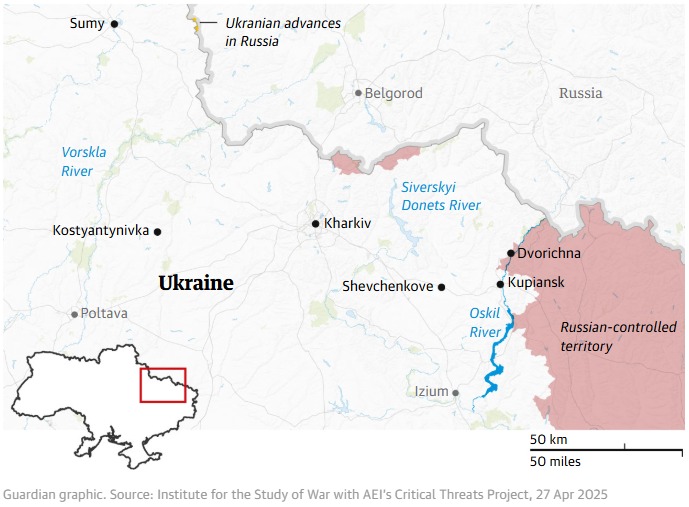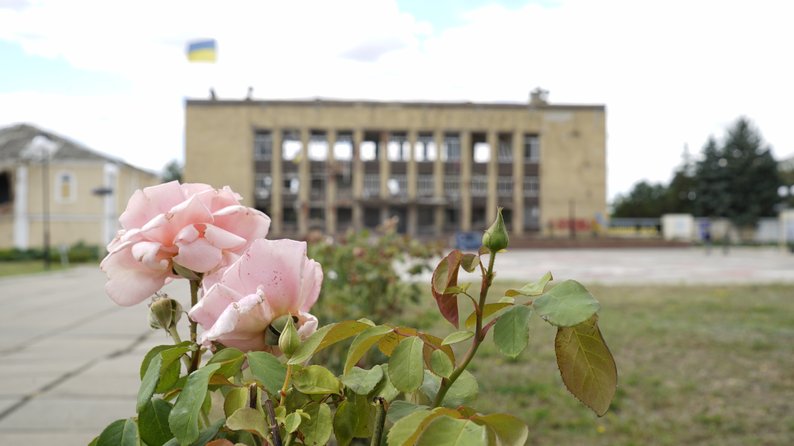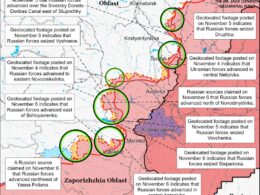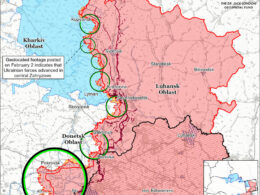The eastern Ukrainian city of Kupiansk in Kharkiv Oblast has suffered catastrophic damage, with 90% of its infrastructure destroyed or damaged amid escalating Russian assaults, according to local authorities.
Andrii Besedin, head of the Kupiansk City Military Administration, described the situation as “critical” during a national TV broadcast. He said Russian forces are striking central areas with glide bombs (KABs), artillery, multiple launch rocket systems (MLRS), and FPV drones.
On 23 May, two municipal workers were killed in a combined KAB and Uragan MLRS strike on Kupiansk, underscoring the growing danger to those remaining in the city.
Fewer than 1,700 civilians remain in Kupiansk—a sharp drop from its pre-war population of 55,000. Officials are urging immediate evacuation. The city's topography complicates its defense: it sits on elevated terrain near the Oskil River, an area marked by wide floodplains and open vulnerabilities to air and artillery strikes.

Key transport and military hub
Kupiansk’s strategic significance lies in its role as a transportation and logistics hub. It is the second-largest railway junction in Kharkiv Oblast, with five major rail lines converging:
- North to Russia (Belgorod, Valuyki)
- Southeast to Russian-occupied Svatove, Rubizhne, Popasna
- Southwest to liberated Sviatohirsk
- Northwest to Kharkiv.
Control of Kupiansk offers Russian forces a secure base for logistics, storage, and troop deployment—far more stable than operating from open terrain. It also provides a potential launch point for further offensives deeper into Ukrainian territory.
Flashpoint of the frontline
Kupiansk has been a symbol of shifting control in the war. It was captured by Russian forces early in the full-scale invasion, then liberated in September 2022 during Ukraine’s Kharkiv counteroffensive. By fall 2024, Russian troops had again pushed close to the city, making this front one of the most volatile in the region.
Today, Kupiansk serves both as a defensive stronghold for Ukraine and a potential staging ground for future counterattacks into occupied Luhansk Oblast, especially toward Svatove and Kreminna.
Putin declares "buffer zone"
The renewed assault coincides with Russian President Vladimir Putin’s announcement on 22 May of plans to create a "security buffer zone" along the Ukrainian border.
“A decision has been made to establish a necessary security buffer zone. Our armed forces are currently carrying out this task,” Putin said during a government meeting.
His remarks came after regional officials in Russia’s Kursk Oblast urged stronger border measures. Pavel Zolotariov, head of the Glushkovo district, suggested Russia should seize “at least the city of Sumy” when asked about the proposed zone’s depth—hinting at further expansionist ambitions.





